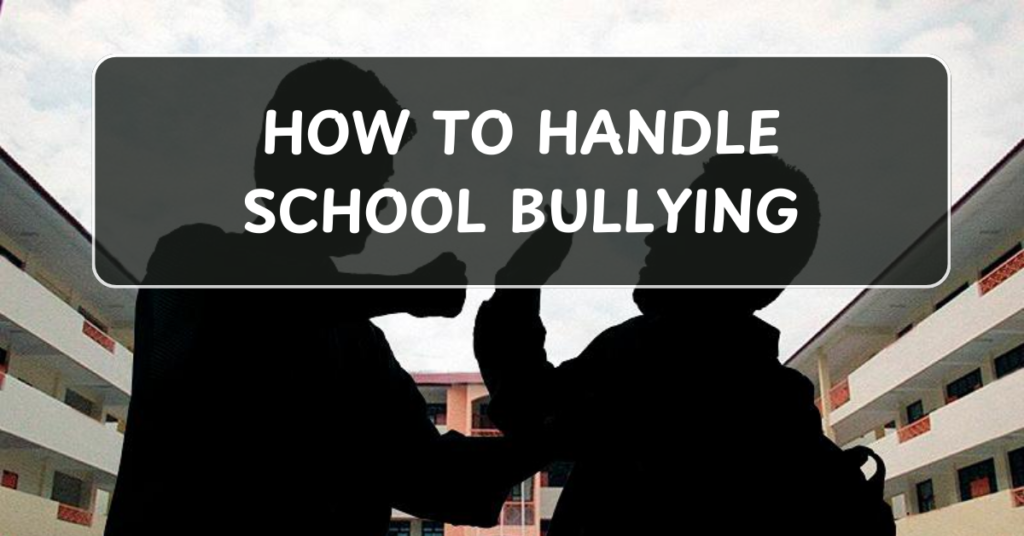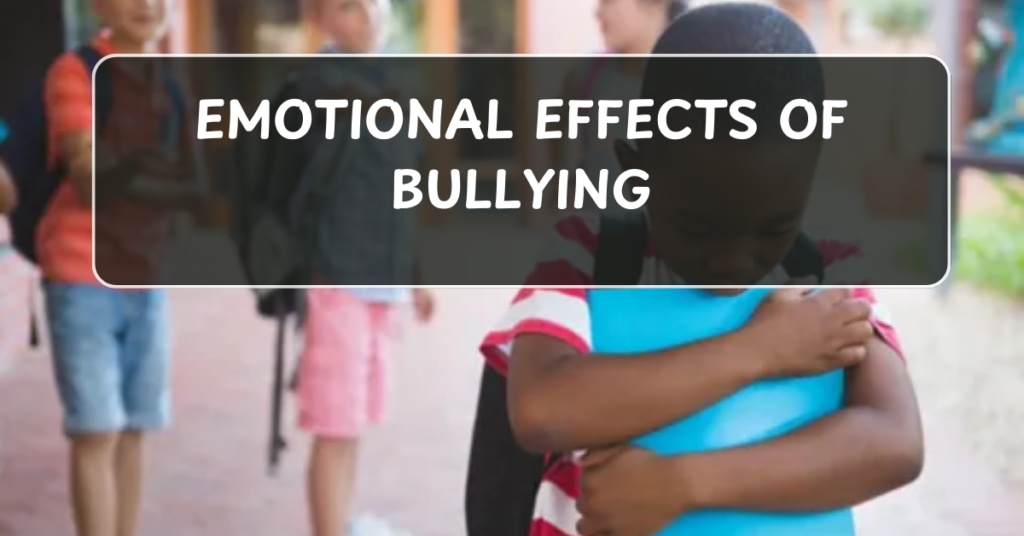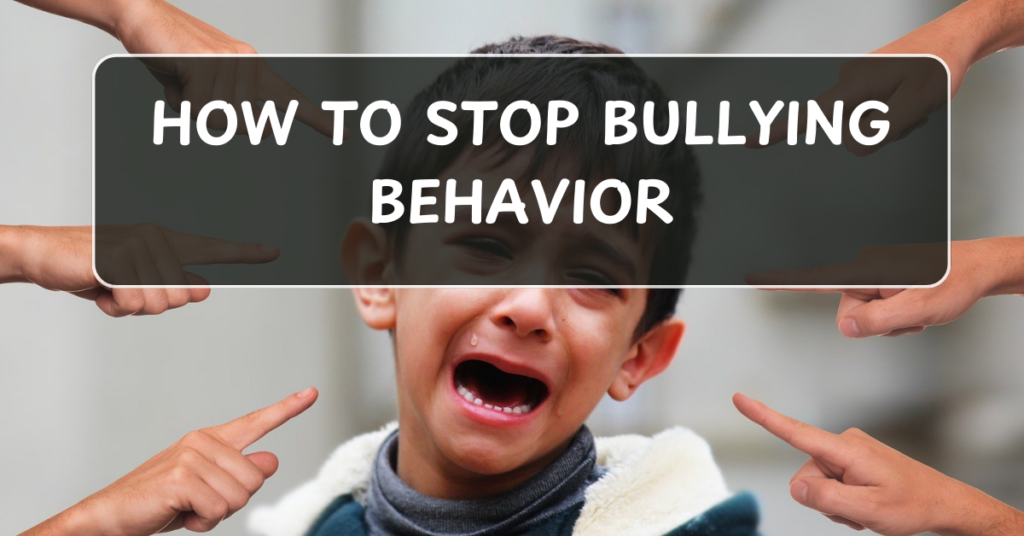
School bullying is a pervasive issue that affects students of all ages. Whether it’s physical, verbal, or social bullying, the emotional and psychological effects can be long-lasting. As a parent, teacher, or student, knowing how to handle bullying situations is crucial to ensuring the well-being of the individuals involved. This guide provides strategies for identifying, addressing, and preventing bullying in schools.
What is School Bullying?
School bullying involves repeated aggressive behavior toward another student, which can take many forms. It includes:
- Physical bullying: Hitting, pushing, or damaging someone’s belongings.
- Verbal bullying: Name-calling, teasing, or spreading rumors.
- Social bullying: Exclusion, gossiping, or manipulating social relationships.
- Cyberbullying: Bullying through digital platforms such as social media, text messages, or websites.
The emotional impact of bullying can be severe, leading to anxiety, depression, and a decreased sense of self-worth. Therefore, it’s essential to address bullying quickly and effectively.
Signs That a Child is Being Bullied
It’s not always easy to tell when a child is being bullied. Children may feel embarrassed or fearful of reporting the situation. As a parent, teacher, or peer, watch for these signs:
- Unexplained injuries: Bruises, cuts, or scratches that a child may be unwilling to explain.
- Changes in behavior: Increased irritability, withdrawal, or avoiding school activities.
- Decline in academic performance: A drop in grades or lack of focus due to emotional distress.
- Physical symptoms: Complaints of headaches, stomachaches, or difficulty sleeping.
- Loss of interest in social activities: Avoiding friends, school events, or extracurricular activities.
If you notice these signs, it’s essential to talk to the child and create a safe, supportive environment for them to open up.
How to Handle School Bullying: Effective Strategies
1. Listen and Validate the Child’s Feelings
If your child reports being bullied, the first step is to listen carefully and provide emotional support. Reassure them that they are not at fault and that their feelings are valid.
- Stay calm and composed: Reacting angrily or dismissively can discourage the child from sharing more details.
- Empathize: Let the child know that it’s okay to feel upset or scared and that you’re there to help them through it.
- Avoid blaming the child: Focus on the behavior of the bully, not the victim. Ensure that the child understands it’s not their fault.
2. Encourage the Child to Speak Up
Help the child feel empowered to speak out about the bullying, whether to you, a teacher, or a counselor.
- Role-play scenarios: Practice what the child could say to the bully or how they can approach a trusted adult. This helps them feel more confident in handling the situation.
- Reassure them: Let them know that reporting bullying is not tattling; it’s standing up for themselves and stopping harmful behavior.
3. Contact the School and Report the Bullying
Schools have a responsibility to provide a safe environment for all students. If bullying is occurring, it’s crucial to involve the school administration.
- Document everything: Keep a record of incidents, including dates, times, and the nature of the bullying. This will help when discussing the situation with school authorities.
- Work with the school: Reach out to teachers, counselors, or administrators to report the bullying. Ask about the school’s anti-bullying policies and what actions will be taken.
- Follow up: After reporting the bullying, continue to follow up with the school to ensure appropriate steps are being taken.
4. Help the Child Build Self-Confidence
Students who feel good about themselves are less likely to become targets of bullying. Boost the child’s self-esteem by focusing on their strengths.
- Encourage activities: Support the child in participating in extracurricular activities where they can build skills and friendships, such as sports, music, or arts.
- Praise their efforts: Acknowledge their accomplishments, whether big or small, to help them feel valued.
- Teach coping skills: Help the child develop emotional resilience by teaching them healthy ways to handle stress, anxiety, and frustration.
5. Teach the Child How to Respond to Bullies
While it’s important for children to report bullying, they should also know how to handle bullying situations when they arise.
- Stay calm: Teach the child to respond assertively but without aggression. Bullies often look for a reaction, and staying calm can take away their power.
- Walk away: Sometimes, ignoring the bully and walking away is the best response. Teach the child not to engage with the bully or escalate the situation.
- Seek help: If the bullying continues or intensifies, remind the child to seek help from a teacher, counselor, or trusted adult.
6. Involve Other Parents or Guardians
If bullying involves other students, it may be helpful to communicate with their parents or guardians.
- Collaborate: Speak with the parents of the bully (if appropriate) to address the behavior and work together to find a solution.
- Stay respectful: Approach the conversation in a non-confrontational manner. The goal is to resolve the issue and ensure both children are supported.
How to Prevent Bullying in Schools
Prevention is just as important as addressing bullying after it occurs. Schools should take a proactive stance on bullying by:
- Implementing anti-bullying programs: Programs that educate students about the impact of bullying, promote empathy, and teach conflict resolution skills.
- Fostering an inclusive culture: Schools should promote diversity and inclusion through activities, discussions, and student-led initiatives.
- Encouraging bystander intervention: Encourage students to stand up for others and report bullying. Bystanders can play a powerful role in stopping bullying before it escalates.
- Training staff: Teachers and school staff should receive training on how to recognize and address bullying behavior effectively.
Conclusion: Empowering Students to Stand Against Bullying
School bullying is a serious issue that requires a comprehensive, multi-faceted approach to address. By creating a supportive environment, promoting open communication, and teaching students how to respond to bullying, we can help prevent harm and ensure a safer school experience for all. If you or someone you know is dealing with bullying, remember that there are resources and support available to make a positive change. Let’s work together to stop bullying and foster a culture of kindness and respect.


